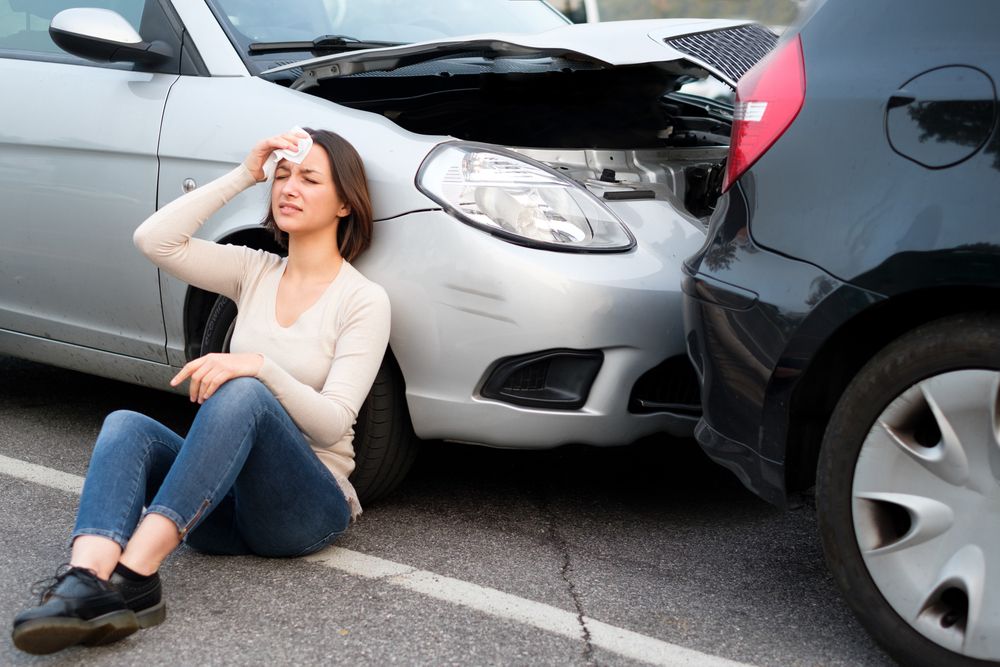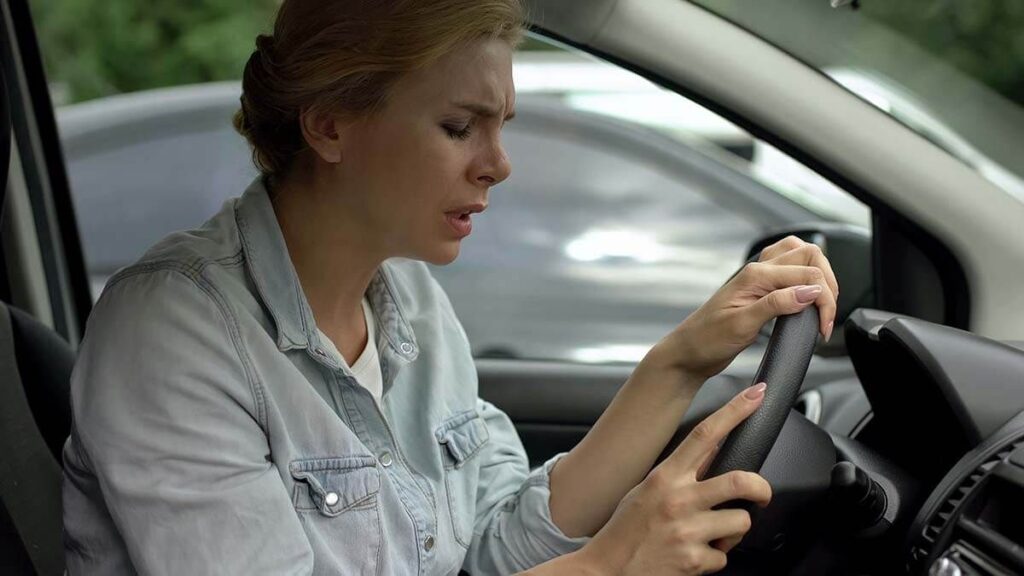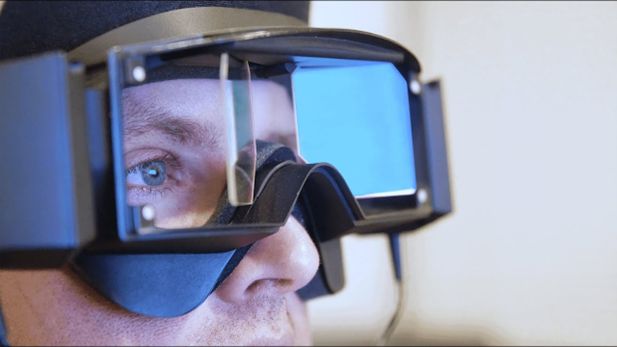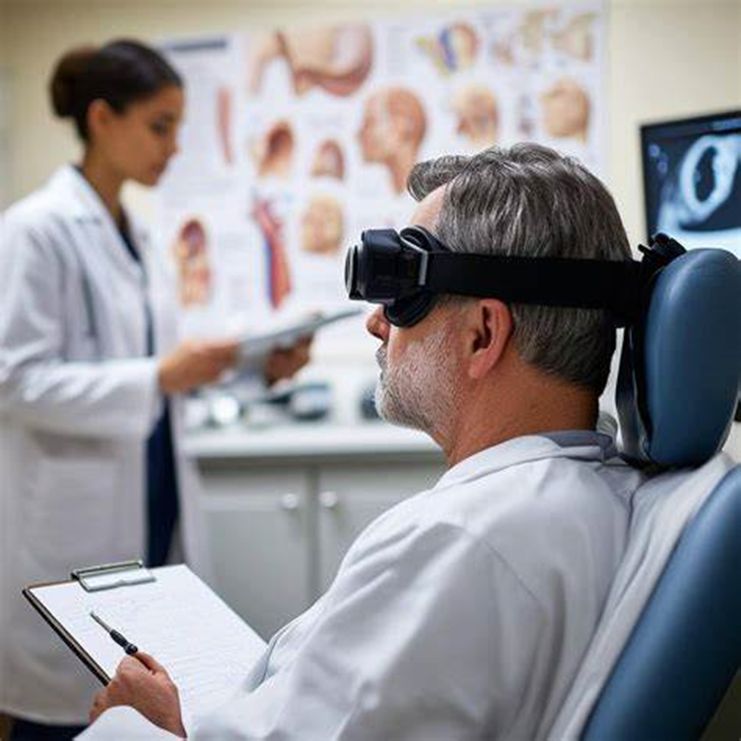Videonystagmography
When you’re in a car accident, your body can get hurt in different ways. One important part that might be affected is called the vestibular system. This system is inside your ears and helps you keep your balance and understand where you are in space.
If the vestibular system gets damaged during an accident, you might feel:
Dizzy: Feeling like you’re spinning or the world around you is moving.
These feelings happen because the accident can hurt the parts of your inner ear that control balance.
If balance problems aren’t treated, they can make everyday activities like walking, driving, or playing more difficult. You might feel dizzy, unsteady, or have trouble concentrating. Getting a VNG test after an accident can help you get the right care to stay safe and enjoy your daily activities.




Role of Videonystagmography (VNG):
A test called Videonystagmography (VNG) helps doctors do this by recording and analyzing your eye movements. This test can find balance problems caused by the accident, even if you don’t notice any symptoms right away. By identifying these issues early, doctors can create a treatment plan to help you feel better and prevent future problems.
During the test, you’ll wear special goggles with cameras that track your eye movements. This helps find out if there are any problems with your balance or how you understand where you are in space.
Parts of the VNG Test: 60-75 minutes
Oculomotor Evaluation:
You’ll follow moving lights with your eyes without turning your head. This shows how well your brain controls your eye movements.
Positional Testing:
You’ll move your head and body into different positions. The doctors will watch your eye movements to see if certain positions make you feel dizzy or unsteady.
Caloric Stimulation:
Warm and cool air or water will be gently put into your ear. This checks how your inner ear reacts to temperature changes and helps find any balance problems.
